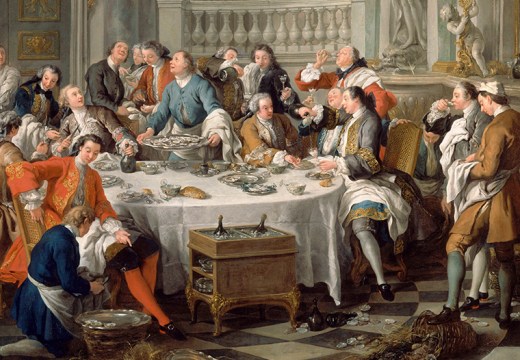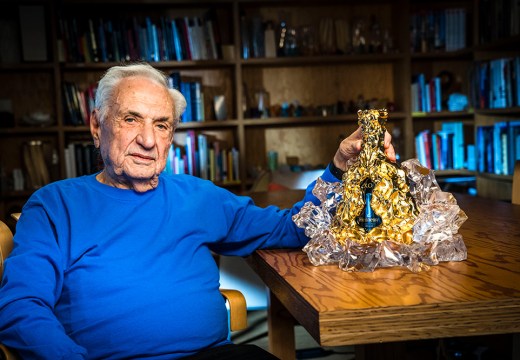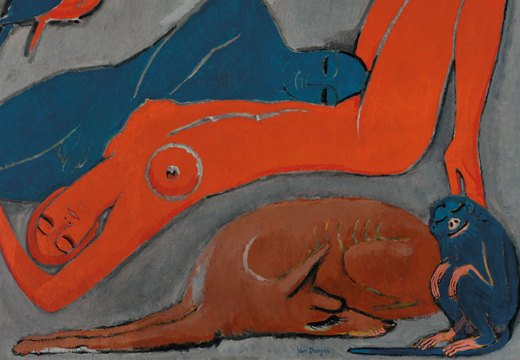From the November 2023 issue of Apollo. Preview and subscribe here.
The past few years of climatic unpredictability, pandemic-induced market changes and evolving consumer behaviours have together resulted in reported supply issues for champagne. These factors, coupled with the penchant of major champagne houses for creating mystique, have led to a perception that bottles must be stockpiled. Perception is often as much an ingredient in winemaking as a perfectly ripe grape, and consumers have been scouring other regions for their fizzy fix. Crémant, cava, and MCC have all been mooted as the ‘next champagne’. However, one wine region that is often overlooked – mainly because it’s overshadowed by prosecco, which is made nearby – is Franciacorta, an area of Lombardy that became DOCG in 1995.
Dry sparkling Franciacorta wine is made with the méthode champenoise, using hand-harvested pinot noir, chardonnay, and pinot blanc grapes. By law, its second fermentation in the bottle must last a minimum of 18 months; compared to champagne’s minimum of 15 months, this results in wines that are often better in quality compared to the big French brands. Franciacorta is the thinking man’s ‘champagne’.
Franciacorta’s cantine are small to medium-sized estates that produce wine exclusively from their terroir fruit. Production is small, unlike the cheap mass-produced prosecco and lambrusco, and boutique compared to that in Tuscany or Piedmont. There are roughly 7,000 acres here compared to Champagne’s 84,000; a mere 117 winemakers compared to the latter’s more than 19,000.

Il Testimone (2017) by Mimmo Paladino at Ca’ del Bosco. Photo: Massimo Listri; courtesy Ca’ del Bosco
Of these producers, one, Ca’ del Bosco, stands out not just for confident premium winemaking, but for the way that owner Maurizio Zanella uses his woodland farm to display his sculpture collection. Of all the arts, Zanella sees the closest similarity between wine and sculpture. ‘There is a close relationship between wine, which involves sight, taste, and smell, and sculpture, which affects the eye and involves touch.’ Artworks mark locations key to winemaking throughout Ca’ del Bosco.
To create the gate to his estate – and to signal quality and discernment from the outset of any visit – Zanelli commissioned the sculptor Arnaldo Pomodoro. Cancello Solare (1987) is a circular structure five metres in diameter, featuring arrow-shaped rays that point outwards and references the sun, because as Zanella says: ‘From the sun comes the real nourishment of the grape, whose own rays warm and illuminate the gentle Ca’ del Bosco hills.’
In 1979, Zanella placed an ad for a winemaker; André Dubois, Moët & Chandon’s chef de cave, replied. Together, they improved winemaking techniques and harvest timing to attain the sugar levels and acidity necessary to enhance the double fermentation. Zanella continues to innovate; today his ‘Berry Spa’ gently washes grapes three times before pressing (‘We pamper our grapes like a beautiful lady’). The grapes are then sent to their first fermentation in steel vessels. The fruit is also honoured through artworks placed in the production areas, including Water in Dripping (2016) by Zheng Lu: liquid-looking splashes of steel that encircle the fermentation vessels.
At the age of 18, Zanella helped dig the estate’s first cellar 11m underground, which has expanded through the decades. This is where the bottles are hand-riddled on traditional pupitres, frames with holes to hold the bottles, which are periodically rotated until upside down and then disgorged. The cellar also, of course, stores the wines produced. There to guard the entrance to this subterranean space is Transavantgarde artist Mimmo Paladino’s Il Testimone (2017) – a totemic limestone figure that refers to pre- Roman statuettes in Capua’s Museo Campano.
Beyond sculpture, a chance encounter with Helmut Newton in a restaurant in 1988 led to a commissioned series of photographs. Newton cast models as estate workers clad in nothing more than wellington boots and jewellery – harvesting grapes, resting amid vine rows, inspecting bottles in cellar cages and sampling the wines. This led to Zanella commissioning 10 more photographers to capture the winery: Franco Fontana, Georg Gerster, Ralph Gibson, Eikoh Hosoe, Mimmo Jodice, William Klein, Don McCullin and Alice Springs. Their work was collected in the book 11 Fotografi, 1 Vino (2004).
The art projects continue, as do technological advancements designed to keep Ca’ del Bosco up to date. Zanella has created a ‘Dome of the Senses’, an underground installation in which visitors can enjoy the multisensory experience of wine tasting. This year, the estate has launched the inaugural edition of its sculpture prize, which will see the winning artist make a new work for the grounds. Zanella wants his visitors to experience the meaning of ‘fine’ or ‘premium’ at del Bosco – ‘regardless of whether or not one is a wine lover or art enthusiast’.
From the November 2023 issue of Apollo. Preview and subscribe here.
Unlimited access from just $16 every 3 months
Subscribe to get unlimited and exclusive access to the top art stories, interviews and exhibition reviews.














![Masterpiece [Re]discovery 2022. Photo: Ben Fisher Photography, courtesy of Masterpiece London](http://www.apollo-magazine.com/wp-content/uploads/2022/07/MPL2022_4263.jpg)
It’s time for the government of London to return to its rightful home